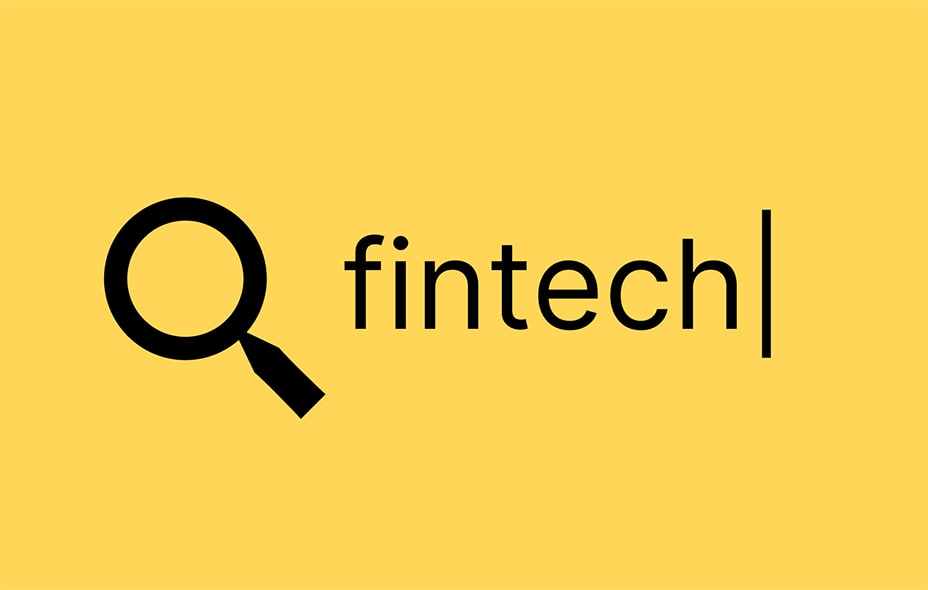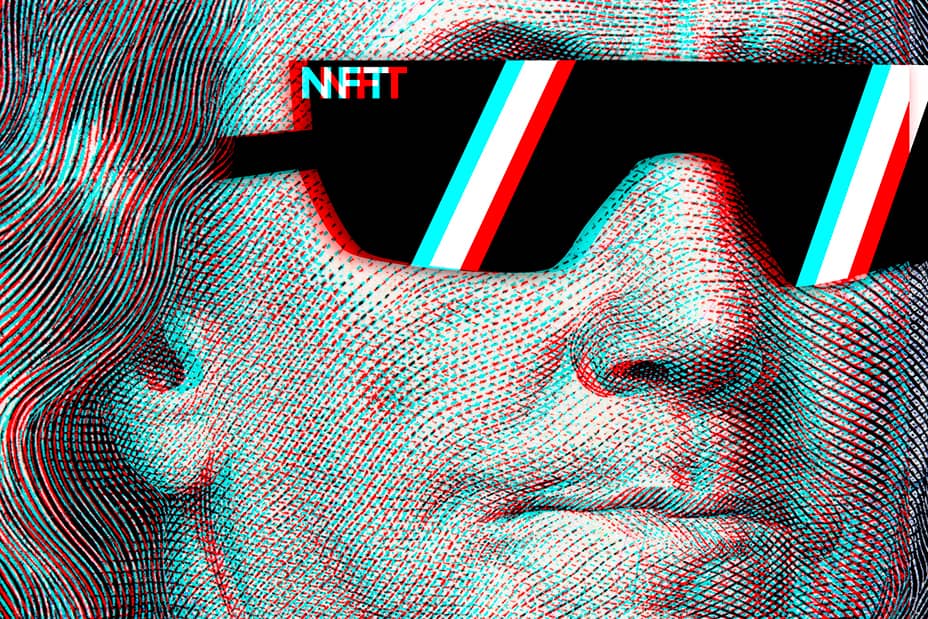Top 10 Fintech Trends for 2023-2025

In the dynamic world of fintech, staying ahead of the curve is imperative. Here are the top 10 trends that are worth your attention in the coming years.
Banking-as-a-Service
The absence of innovation within companies isn’t merely an obstacle, but an undeniable indicator of a dim future. Banking-as-a-Service (BaaS) is emerging as one of the most crucial trends for fostering the dynamic growth of forward-thinking businesses. BaaS presents a remarkable opportunity to consolidate market positions, enhance customer loyalty, and boost capitalization.
BaaS, also known as White Label banking, has firmly established itself as a foundational element within the fintech sector. It revolutionizes the financial industry by granting third-party access to banking infrastructure through APIs. White Label banking enables any business to deploy a digital banking solution without the need to acquire a banking license. BaaS is a catalyst for innovation. It encourages healthy competition among financial service providers, leading to the introduction of groundbreaking products and an enhanced customer experience.
Prominent industry giants like Uber, Amazon, eBay, Apple, Kraken, Samsung, and other corporate leaders have successfully leveraged White Label banking solutions. This strategic choice has enabled them to conserve invaluable developmental resources and expedite the creation of highly refined financial ecosystems.
Embedded finance
Embedded finance is set to redefine how payments work, delivering unprecedented convenience and accessibility to the fintech landscape.
Embedded finance revolutionizes traditional banking services by seamlessly integrating them into non-financial entities through open banking APIs. This innovative approach bridges the gap between consumers and businesses, offering crucial payment processing services where they’re most needed.
Embedded finance is emerging as a global disruptor among upcoming fintech trends. Key applications include embedded bank accounts, credit solutions (e.g., BNPL), and embedded payment card issuance. A study by Lightyear Capital predicts that embedded payments revenue will skyrocket to $141 billion by 2025, marking a nine-fold increase from 2022.
While industry giants like Airbnb and Instagram offer open APIs that facilitate in-app shopping and marketing, open banking transcends these capabilities. It unlocks a spectrum of possibilities, igniting innovation, fostering competition, and elevating the overall customer experience.
Virtual payment cards
Virtual bank cards, offered by both neobanks and traditional banks, are digital credit/debit cards stored in e-wallets. They provide enhanced security, allowing customers to make in-store or online payments with decreased risk of card fraud. Transactions are authorized via the customer’s banking app, making it easy to void and replace compromised virtual cards. Some neobanks also offer “disposable” virtual cards with details that change after each transaction to reduce the risk of fraud.
AI and ML technologies
Chatbots have emerged as a leading trend in the financial industry, offering relief for customer support teams. However, chatbots represent just one facet of the diverse applications of machine learning (ML) and artificial intelligence (AI) within the realm of finance.
AI algorithms have proven highly effective in areas such as risk management and fraud prevention. The outbreak of the COVID-19 pandemic saw a surge in fraud cases, particularly in sync with the rapid growth of e-commerce. ML models have played a pivotal role in this context, leveraging data analysis across multiple variables to detect potential fraudsters before they can inflict significant damage. In fact, a notable case study even demonstrates a substantial 20% reduction in investigative workload when employing AI to combat fraud.
Napier serves as a shining example of harnessing cutting-edge AI and machine learning technologies to significantly reduce false positives and accurately identify a higher number of false negatives.
Regtech (Regulatory Technology)
Automation has revolutionized regulatory compliance, promising significant cost savings for large corporations and offering fintech solutions a lucrative avenue for revenue generation through advanced regtech services.
The landmark General Data Protection Regulation (GDPR) by the European Union introduced stringent data usage regulations, with potential fines of up to 20 million euros or 4% of annual turnover for non-compliance.
In 2022, a new challenge emerged as the EU labeled Russia a sponsor of terrorism after the invasion of Ukraine. EU and US banks and fintech companies faced the new requirement of tracking and reporting Russia-associated funds to prevent getting involved in money laundering schemes or facing regulatory repercussions.
BNPL (Buy Now, Pay Later)
“Buy Now, Pay Later” is an emerging trend that not only drives sales but also offers customers the flexibility to enjoy their purchases while spacing out the payments, fostering lasting customer loyalty. However, a significant concern arises from the inherent risk of spending beyond one’s means, potentially leading to debt accumulation. In 2022, a substantial 43% of Americans embraced BNPL services, intensifying these apprehensions.
London-based unicorn Zilch’s BNPL 2.0 innovative approach seeks to address these concerns. Rather than profiting from buyers, Zilch generates revenue through merchant commissions. This strategic shift eliminates the need for customers to bear charges imposed by traditional banking institutions. The overarching goal is to empower merchants, enabling them to offer BNPL services directly, thereby fostering genuine customer-brand relationships beyond mere automated payment schedules.
Alternative lending
Alternative lending, often referred to as P2P (Peer-to-Peer) lending, stands out as one of the disruptive fintech trends that gained significant momentum in 2023. This financial innovation encompasses online platforms that unite borrowers who have historically been underserved by traditional lenders with investors seeking opportunities in alternative markets.
Notably, alternative lending has found substantial favor in South-East Asia, where the region is on the path to recovery from pandemic-induced setbacks and is increasingly relying on internal resources rather than international loans to foster development. Key types of alternative lending are as follows:
- Direct Lending: Offering bank-like loans without the intermediation of traditional banks.
- Venture Debt: Providing an attractive alternative to venture capital for businesses that wish to secure funding without relinquishing equity through multiple funding rounds.
- Debt Financing: Encompassing non-bank cash flow lending, home equity loans, recurring revenue lending, and more.
- Structured Equity Products: Pre-packaged investment options that often involve the issuance of bonds or other debt securities by the borrowing company.
Lending startups are well-positioned to deliver a wide array of services for efficient loan management, effectively bridging the gap between borrowers and investors in the ever-evolving financial landscape.
Evolution in cryptocurrency
In the aftermath of the 2022 cryptocurrency market crash, enthusiasm for blockchain ventures waned. Startups and major tech investments were impacted, while the US Federal Reserve’s actions on interest rates and inflation posed challenges to currency exchange projects. Nevertheless, blockchain technology continued to proliferate.
As of September 2023, Defiliama reports a total stablecoin market cap of $124.3 billion, indicating a decline from the previous year. The user base of Bitcoin block explorer blockchain.com wallets has surpassed 85 million users globally as of June 2023, and the global blockchain technology industry is projected to exhibit an impressive 85.9% Compound Annual Growth Rate (CAGR) from 2022 to 2030.
These trends underscore the rising prominence of stablecoins as a pivotal component in the global fintech landscape. Stablecoins seamlessly combine the transparency and decentralization of blockchain ledgers with the stability offered by gold- or dollar-backed fiat currencies. This amalgamation aims to mitigate the volatility often associated with cryptocurrencies and provide a dependable foundation for the creation of decentralized financial ecosystems.
Cybersecurity and biometrics
In the realm of fintech, a relentless pursuit of innovation drives the adoption of cutting-edge technologies like biometrics, promising a superior customer experience compared to traditional banking methods. Imagine how convenient it is for users to authenticate transactions with a simple fingerprint or a quick face scan. The array of current biometric identification options includes:
- Facial recognition
- Retina scans
- Fingerprints or Touch ID
- Voice patterns
- Keystroke dynamics
- Palm geometry
It’s essential to note that these biometric methods should ideally serve as components of two-factor authentication (2FA) or be reserved for whitelisted transactions. When multiple biometric factors are combined, they create a robust security layer far surpassing the protection afforded by conventional passwords. This is precisely why biometrics is poised to remain a prominent fintech trend in 2023.
Leading companies like Deutsche Bank and Apple have already seamlessly integrated Touch ID and facial recognition technology into their applications.
The gamification element
As demographic shifts continue, with urban populations adding a staggering one billion new smartphones and tablets to the mix annually, and millennials and Gen Z displaying a preference for fintech apps over traditional banking, it becomes abundantly clear that merely offering loyalty points is insufficient to retain customers.
Financial matters are inherently serious, and there’s no need to amplify the stress associated with them. Gamification, a pivotal contemporary trend in fintech, draws inspiration from bonus and loyalty programs that have evolved over decades. In this dynamic landscape:
- Neobanks entice users with badges and digital accolades for accomplishing specific milestones, such as making five online purchases.
- Digital banking providers transform each expense or income into a virtual city feature, rewarding prudent financial decisions with in-app coins. This strategy motivates users to meticulously record transactions, identify patterns, cultivate sound financial habits, and reduce unnecessary expenditures.
- Gamification extends to investment strategies, enabling users to emulate successful investors within the app. These virtuoso investors are then rewarded based on the number of followers they accumulate. This ingenious approach incentivizes investors to implement winning strategies, creating a mutually beneficial ecosystem for both the investors and their followers.
In essence, gamification is transforming the quite boring traditional world of finance, injecting it with excitement, education, and rewards for users across the fintech landscape.
In conclusion
Remember that staying abreast of trends is just the starting point. To truly thrive, think creatively, conduct thorough analyses, be willing to take calculated risks, invest in innovation, and trust your intuition. Wishing you the best of luck on your path to success!








